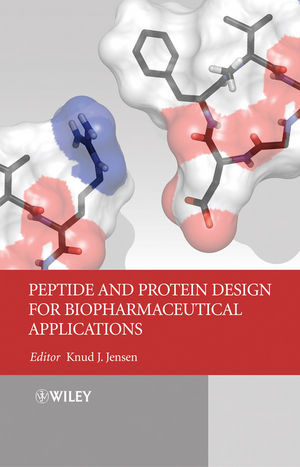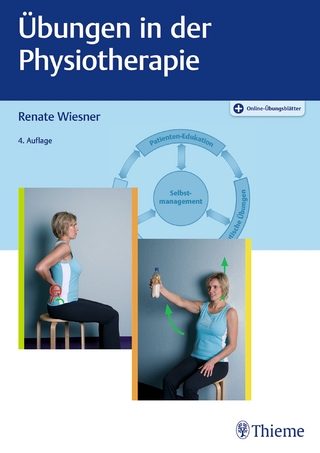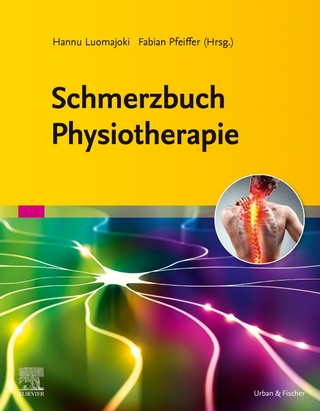
Peptide and Protein Design for Biopharmaceutical Applications
John Wiley & Sons Inc (Verlag)
978-0-470-31961-1 (ISBN)
Peptides serve as effective drugs in the clinic today. However the inherent drawbacks of peptide structures can limit their efficacy as drugs. To overcome this researchers are developing new methods to create ‘tailor-made’ peptides and proteins with improved pharmacological properties. Design of Peptides and Proteins provides an overview of the experimental and computational methods for peptide and protein design, with an emphasis on specific applications for therapeutics and biomedical research. Topics covered include:
Computer modeling of peptides and proteins
Peptidomimetics
Design and synthesis of cyclic peptides
Carbohydrates in peptide and protein design
De novo design of peptides and proteins
Medical development applications
An extended case study – the design of insulin variants
Design of Peptides and Proteins presents the state-of-the-art of this exciting approach for therapeutics, with contributions from international experts. It is an essential resource for academic and industrial scientists in the fields of peptide and protein drug design, biomedicine, biochemistry, biophysics, molecular modelling, synthetic organic chemistry and medicinal/pharmaceutical chemistry.
Knud J. Jensen, University of Copenhagen, Faculty of Life Sciences, Denmark Professor Jensen's research interests cover synthetic bioorganic chemistry, peptide chemistry, carbohydrate chemistry, chemical protein synthesis, solid-phase synthesis and glycobiology.
List of Contributors. Preface.
1. Introduction (Knud J. Jensen)..
2. Computational Approaches in Peptide and Protein Design: An Overview (Garland Marshall and Gregory Nikiforovich)..
2.1 Introduction.
2.2 Basics and Tools.
2.3 Computational Study of Cyclopentapeptide Inhibitors of CXCR4.
Acknowledgements.
References.
3. Aspects of Peptidomimetics (VeroniqueMaes and Dirk Tourwe)..
3.1 Introduction.
3.2 Modified Peptides.
3.3 Pseudopeptides.
3.4 Secondary Structure Mimics (Excluding Turn Mimics).
3.5 Examples of Peptidomimetics.
3.6 Conclusion.
References.
4. Design of Cyclic Peptides (Oliver Demmer, A. O. Frank, and Horst Kessler)..
4.1 Introduction.
4.2 Peptide Cyclization.
4.3 Conformation and Dynamics of Cyclic Peptides.
4.4 Concepts in Rational Design of Cyclic Peptides.
4.5 Examples of Cyclic Peptides as Drug Candidates.
4.6 Conclusion.
References.
5. Carbohydrates in Design of Peptides and Proteins (Knud J. Jensen and Jesper Brask)..
5.1 Introduction.
5.2 Configurational and conformational Properties of Carbohydrates.
5.3 Carbohydrates in Peptidomimetics.
5.4 Glycopeptides.
5.5 Carbohydrates as Scaffolds in the Design of Non-Peptide Peptidomimetics.
5.6 Sugar Amino Acids.
5.7 Cyclodextrin-Peptide Conjugate .
5.8 Carboproteins: Model Proteins on Carbohydrate Templates.
5.9 Conclusion Remarks.
6. De Novo design of proteins (Knud J. Jensen)..
6.1 Introduction.
6.2 Secondary Structure Elements.
6.3 Assembling a Specified Tertiary Structure from Secondary Structure Elements.
6.4 Proteins on Templates.
6.5 Foldamers.
6.6 Biopharmaceutical Applications of Protein De Novo Design.
References.
7. Design of Insulin Variants for Improved Treatment of Diabetes (Thomas Høeg-Jensen)..
7.1 Introduction.
7.2 Diabetes Management and the Need for Insulin Engineering.
7.3 Insulin Structure.
7.4 Prolonged-acting Insulin Solids.
7.5 Prolonged-acting Insulin Solutions.
7.6 Fast-acting Insulins.
7.7 Glucose-sensitive Insulin Preparations.
7.8 Alternative Insulin Delivery.
7.9 Insulin Mimetics.
7.10 Pushing the Limitations of Insulin Engineering.
7.11 Conclusion.
References.
Index..
| Verlagsort | New York |
|---|---|
| Sprache | englisch |
| Maße | 158 x 234 mm |
| Gewicht | 590 g |
| Themenwelt | Medizin / Pharmazie ► Physiotherapie / Ergotherapie ► Orthopädie |
| Naturwissenschaften ► Biologie ► Biochemie | |
| Naturwissenschaften ► Chemie | |
| Technik ► Medizintechnik | |
| ISBN-10 | 0-470-31961-5 / 0470319615 |
| ISBN-13 | 978-0-470-31961-1 / 9780470319611 |
| Zustand | Neuware |
| Informationen gemäß Produktsicherheitsverordnung (GPSR) | |
| Haben Sie eine Frage zum Produkt? |
aus dem Bereich


